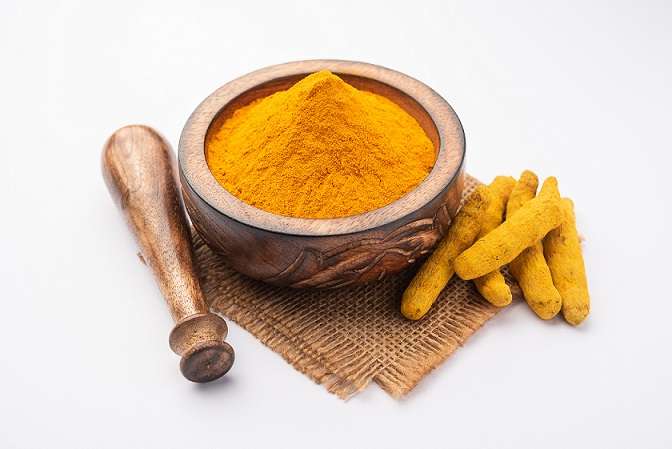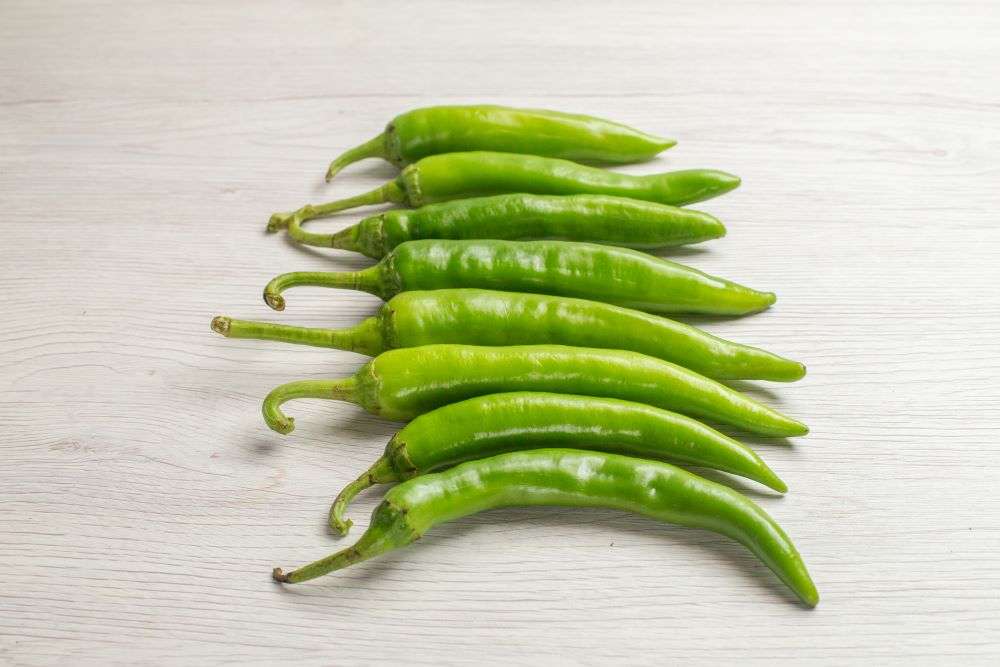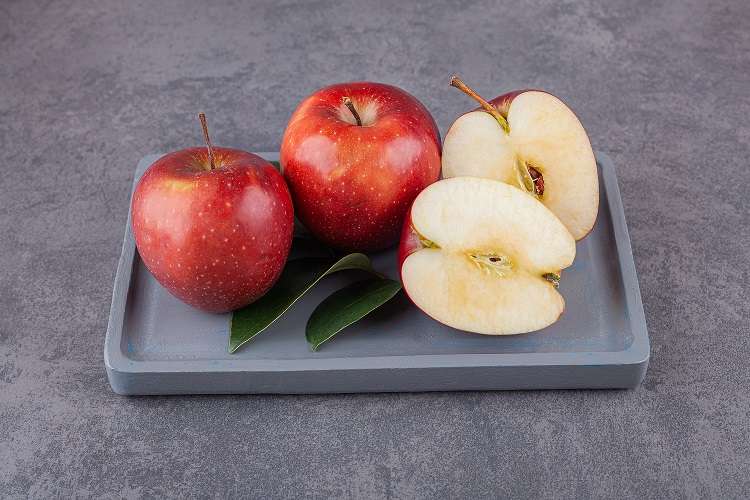India, with its diverse climate and fertile soil, has emerged as a significant player in the global grape export market. Grapes, a fruit cherished for their versatility and nutritional value, have found their way from Indian vineyards to tables across the world. This blog explores the journey of Indian grapes, their uses, the industries that import them, regions that contribute to this thriving trade, challenges, and the success factors behind the export story.
The Versatility of Grapes

Grapes are not just a delicious snack; they are a cornerstone of various industries. Here are some of their primary uses:
- Fresh Consumption: Grapes are enjoyed fresh for their sweet and tangy flavor. They are a popular choice for healthy snacking and are often included in fruit salads and desserts.
- Wine Production: Grapes are the primary ingredient in wine-making. The fermentation of grape juice produces wines that vary in flavor and aroma, depending on the grape variety and production process.
- Raisins and Dried Grapes: Grapes are dried to produce raisins, a staple in baking, cooking, and snacking. They are rich in nutrients and add a natural sweetness to dishes.
- Juices and Beverages: Grape juice is a refreshing drink and serves as a base for various beverages, including sparkling grape drinks and cocktails.
- Cosmetics and Skincare: Grape seed oil, extracted from grape seeds, is used in cosmetics and skincare products for its antioxidant properties.
Export Destinations: Who Imports Indian Grapes?
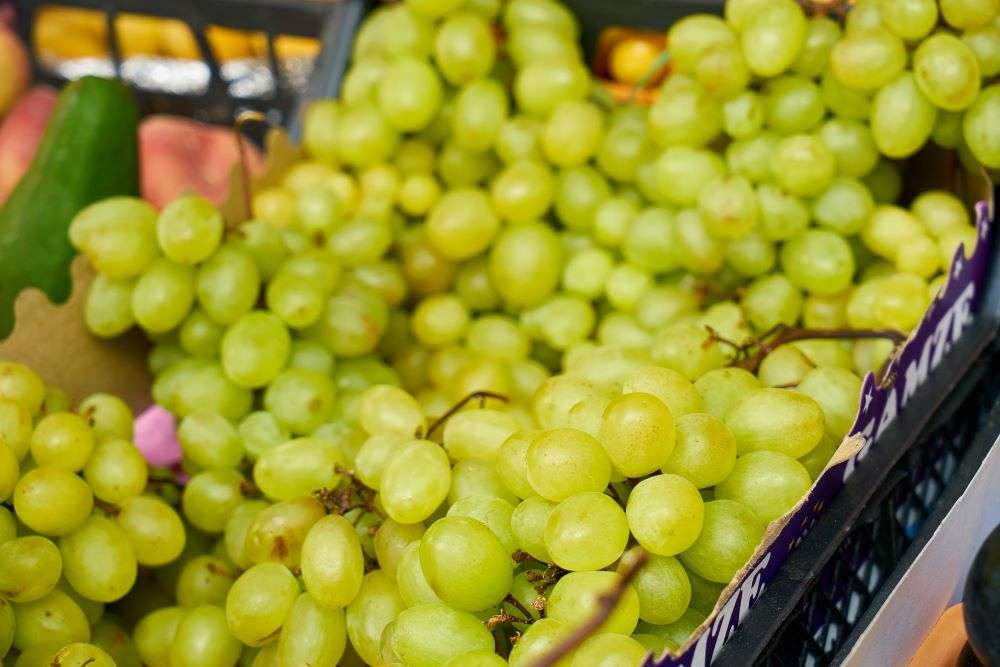
India’s grape export market has grown significantly, with the European Union (EU) being the largest consumer. Countries such as the Netherlands, the UK, and Germany lead this demand. Other important markets include:
- The Middle East: UAE and Saudi Arabia are major buyers.
- Asia: Countries like Bangladesh and Malaysia are increasingly importing Indian grapes.
- Russia: Known for its rising demand for Indian produce.
Key Regions for Grape Cultivation in India
India’s major grape-growing state, Maharashtra, contributes over 80% of the nation’s total production. Regions like Nashik, Sangli, and Pune are renowned for their high-quality produce and infrastructure. Besides Maharashtra, states such as Karnataka, Andhra Pradesh, and Tamil Nadu play a key role.
Industries Benefiting from Grape Imports
- Wine Industry: The wine industry is the largest consumer of imported grapes. Indian grapes are used to create a wide variety of wines, including reds, whites, and sparkling wines.
- Food and Beverage Industry: Grapes are utilized in producing juices, jams, jellies, and dried forms such as raisins. The health-food trend has driven further demand for these products.
- Retail and Wholesale Markets: Fresh grapes are supplied to supermarkets and local stores worldwide to meet consumer demand for fresh produce.
- Cosmetics and Wellness: Grape seed oil’s anti-aging and skin-beneficial properties have made it a popular ingredient in skincare and haircare products.
Latest Statistics on Grape Exports
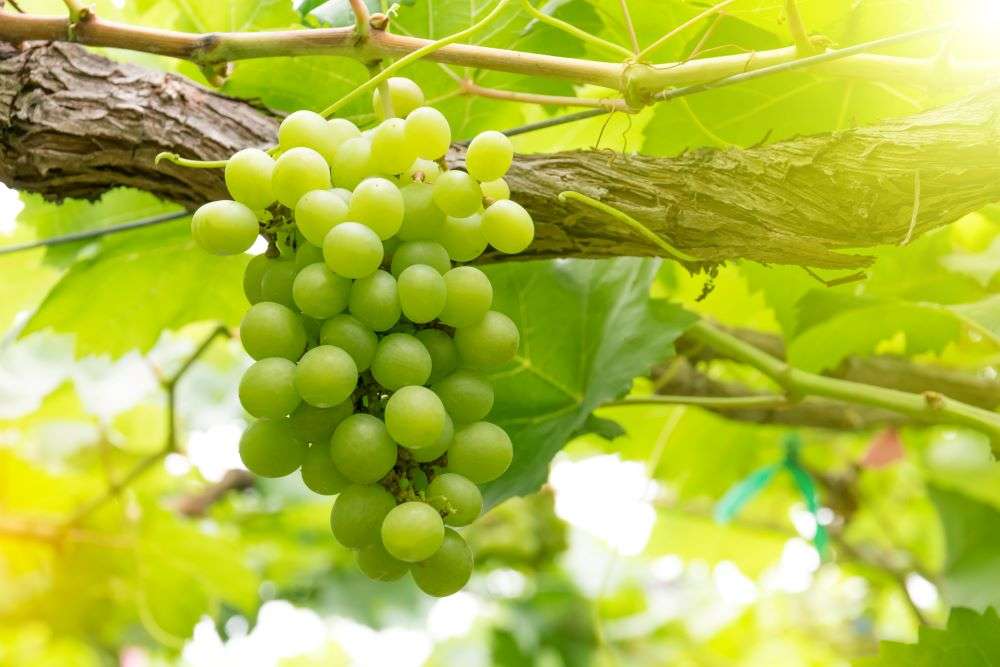
India’s export volume for grapes reached approximately 343,982 metric tonnes in 2023–24, valued at ₹3,460.7 crores (~417 million USD). This highlights the thriving demand for Indian grapes worldwide, with Europe accounting for the largest share of imports.
– Export Import Data
Factors Driving Export Success
Several factors contribute to India’s grape export achievements:
- Favorable Climate: Ideal weather conditions enable the growth of high-quality grapes.
- Strategic Harvesting: India’s harvest aligns with the off-season in importing countries.
- Advanced Farming: Techniques like drip irrigation and precision farming enhance yield and quality.
- Government Support: Policies like the Agricultural Export Policy provide financial assistance to farmers and exporters.
- Supply Chain Infrastructure: Modern cold storage and efficient logistics ensure fresh delivery.
- Brand Reputation: Consistent quality has built trust among international buyers.
Challenges and Opportunities
Despite its success, India’s grape export industry faces challenges like climate variability, international competition, and strict quality standards. However, these hurdles have spurred innovations in agriculture and export strategies. With growing global interest in health-focused diets, Indian grapes are well-positioned to expand into new markets.
A Recent Success Story
A young farmer from Nashik, Maharashtra, showcased the resilience of Indian farmers by exporting high-quality grapes to Europe despite adverse weather conditions. Stories like these highlight the innovation and determination fueling India’s agricultural success.
– Lokmat
Indo Foods Export: Taking Indian Grapes Worldwide
Indo Foods Export has played a pivotal role in promoting Indian grapes on the global stage. By adhering to stringent quality standards and leveraging advanced logistics, the company ensures that Indian grapes reach international markets in pristine condition. Our efforts have not only boosted India’s agricultural exports but also enhanced the country’s reputation as a reliable supplier of premium produce.
Indo Foods Export benefits from a geographical advantage, as grapes are cultivated and harvested in numerous small towns and villages surrounding Nashik city, where the company is headquartered and firmly established.
The journey of Indian grapes from local vineyards to global tables is a testament to the country’s agricultural expertise and the dedication of its farmers. With continued innovations, government support, and expanding markets, India is set to strengthen its position as a global leader in grape exports.
Whether for fresh consumption, wine-making, or cosmetics, Indian grapes are leaving a sweet impression worldwide. With companies like Indo Foods driving progress, the future looks bright for India’s grape export industry.



